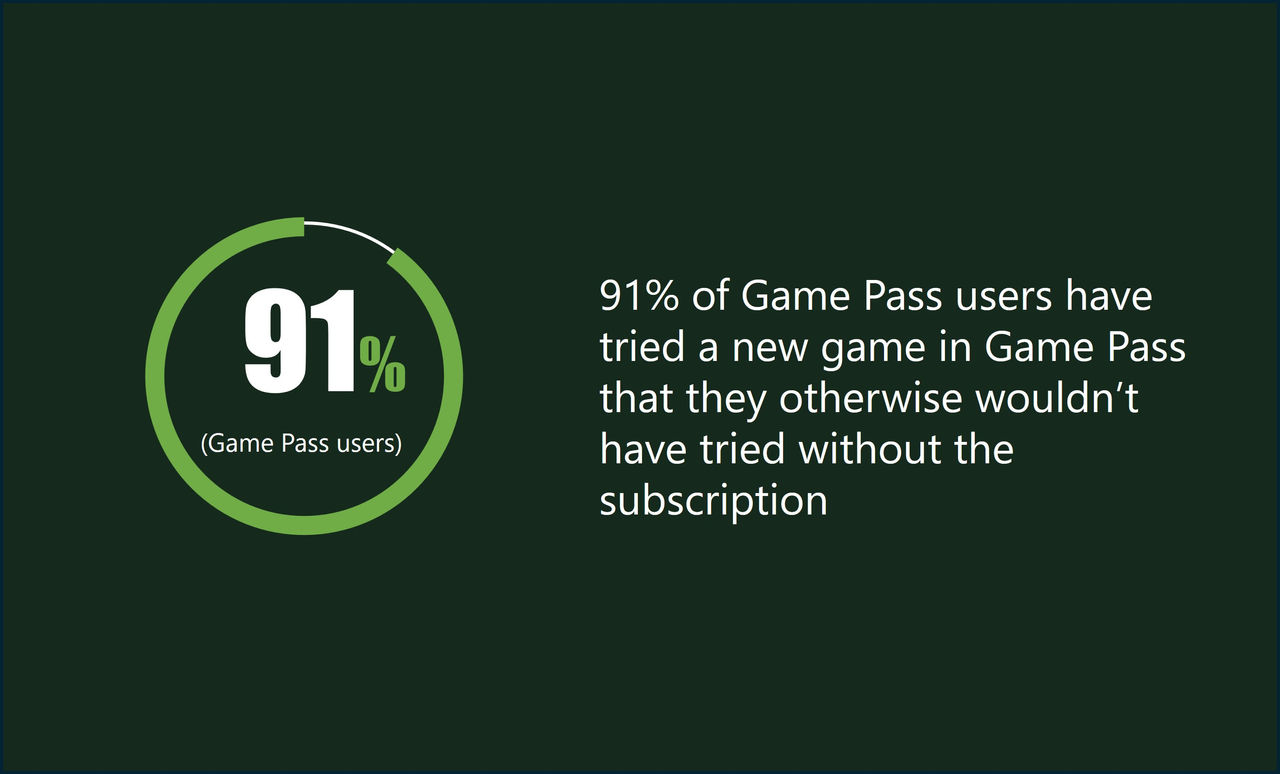PRODUCT INCLUSION ACTION
Create Entryways for New Users

Identify barriers customers may encounter related to experience level with gaming, hardware limitations, or time that may discourage them and replace them with invitations to onramp them instead.
Customer Challenge
Players who engage in new activities often face closed doors between them and fun. These closed doors can appear in many forms including hardware set-up, content downloads, establishing identity and payment methods, connecting with their community and knowledge and skill acquisition.
Business Impact
- 80% of players play video games to relax and unwind. This remains the #1 reason to play games, irrespective of race, gender, identity, ability and sexual orientation. *
- 36% of players in the US indicate that a lack of free time is the highest barrier to gaming, second only to cost barriers.
- In markets like LATAM, Middle East and Africa, and Southeast and Central Southern Asia, on average 35% of non-players intend to get started with playing a game on PC, console or mobile within the next 6 months as of the survey time, as compared to the 14% average for the same in markets like NA, Europe, East Asia, and Oceania.
References: Newzoo 2020 D&I Report, Newzoo 2023 Global Gamer Study

Source: 2021 Microsoft Survey
Questions to Consider
- What barriers does a new player have for your experience and how do you help get them to fun faster?
- What skills or knowledge do you assume that players are bringing into the experience?
- Players might come back to our experiences days or even weeks or months later making it hard to remember key information. Additionally holding a lot of information top of mind can be challenging for neurodiverse players. What wayfinding tools do you have in place to help players keep track of objectives and what to do next?
- If you have a multiplayer co-op experience, do you allow players to contribute at different skill levels without shaming them or punishing others for their presence? (e.g. - Can a younger child join in the fun without making it impossible for others to succeed?).
- How do you communicate player success? Do you use language which could be demeaning or upsetting to players just learning?
- If you have an online multiplayer experience, do you have a way for players to learn and train before being expected to compete?
- How do players in emerging markets experience onboarding in your product and what pain points might be more profound for them?
- Is the time it takes to onboard equitable between players? Could some players face more challenging circumstances due to their geography?
- Do new members of your experience already have connections in some way to your community or product, and if so, is there a way to fast track those connections?
- Do you have difficulty settings within your experience and if so, are they welcoming? (i.e., instead of using EASY could you label it Story Mode where you acknowledge that for this player the story is more interesting to them versus combat?)
- Are you using language that is simple and clear? Is it something a 13-year-old could read and understand? What about someone who is new to gaming or is reading in their non-native language?
- What exits are built into the product experience that will allow a customer to opt-out of an experience without negative consequences and are they easily discoverable?
Steps to Achieve It
1. Set Goals for what you want to achieve & share them with your project stakeholders.
- Do planning at the start of projects to identify opportunities & obstacles.
- Go through the 10 Product Inclusion actions to bring intentionality into your designs.
2. Identify & Utilize resources to help drive success.
- Leverage inclusive Listening systems to ensure that you are including players who are new to your franchise, game, genre or gaming in general to ensure that you are hearing the new user perspective.
3. Create & release experiences that engage and keep our players safe and promote positive community interactions.
- Communicate your expected experience plan to the team to ensure that everyone understands what “success” and expected scenarios are for your new users.
- Look at data with a new user lens to determine where users are getting stuck, exiting, and not returning.
- Consider implementing and tracking outcome metrics like “A user shouldn’t die more than 3 times on the first level” or “Developers should be able to create a new account within 5 minutes”
- Implement settings or features to support new users, those that need extra support, or those who are just looking for something different.
- Implement Wayfinding systems to help new or returning users understand objectives and what to do next.
- In multiplayer scenarios consider allowing players to contribute at different skill levels / control complexity
- Provide onboarding, tutorials, or training experiences
- Provide difficulty options like “Story Mode” where players can experience your game with lower success barriers
- Help experienced users Fast-Track to their destination instead of forcing them through remedial steps.
- Use Simple & plain language.
- Avoid using demeaning language if a player “fails” to complete something
